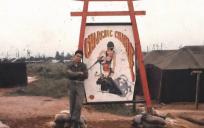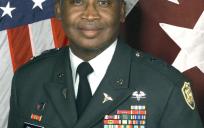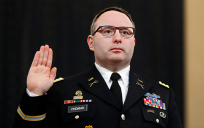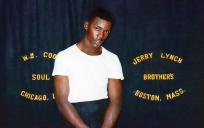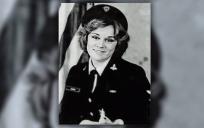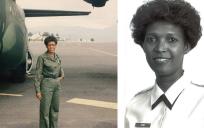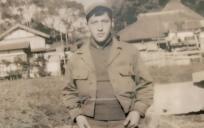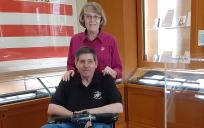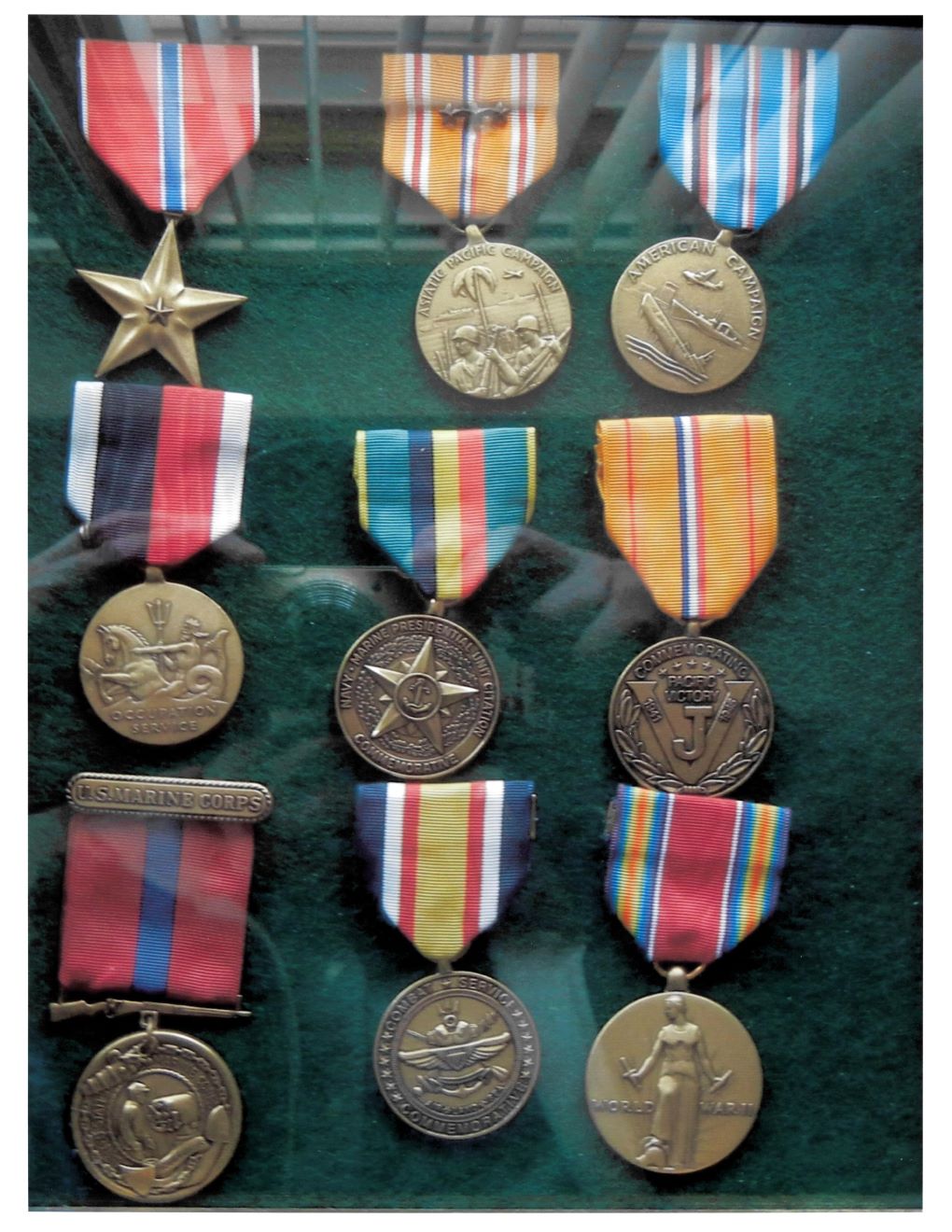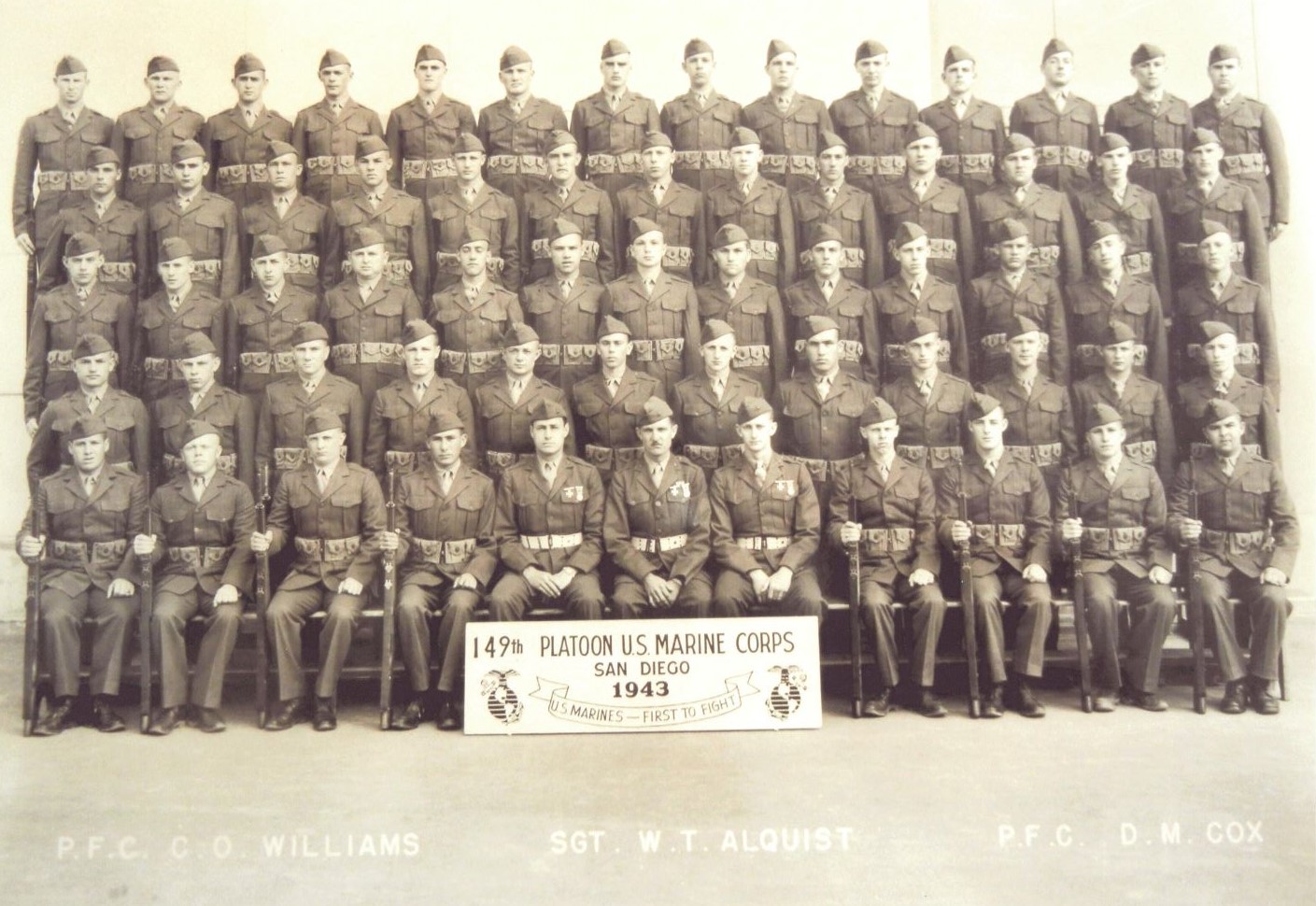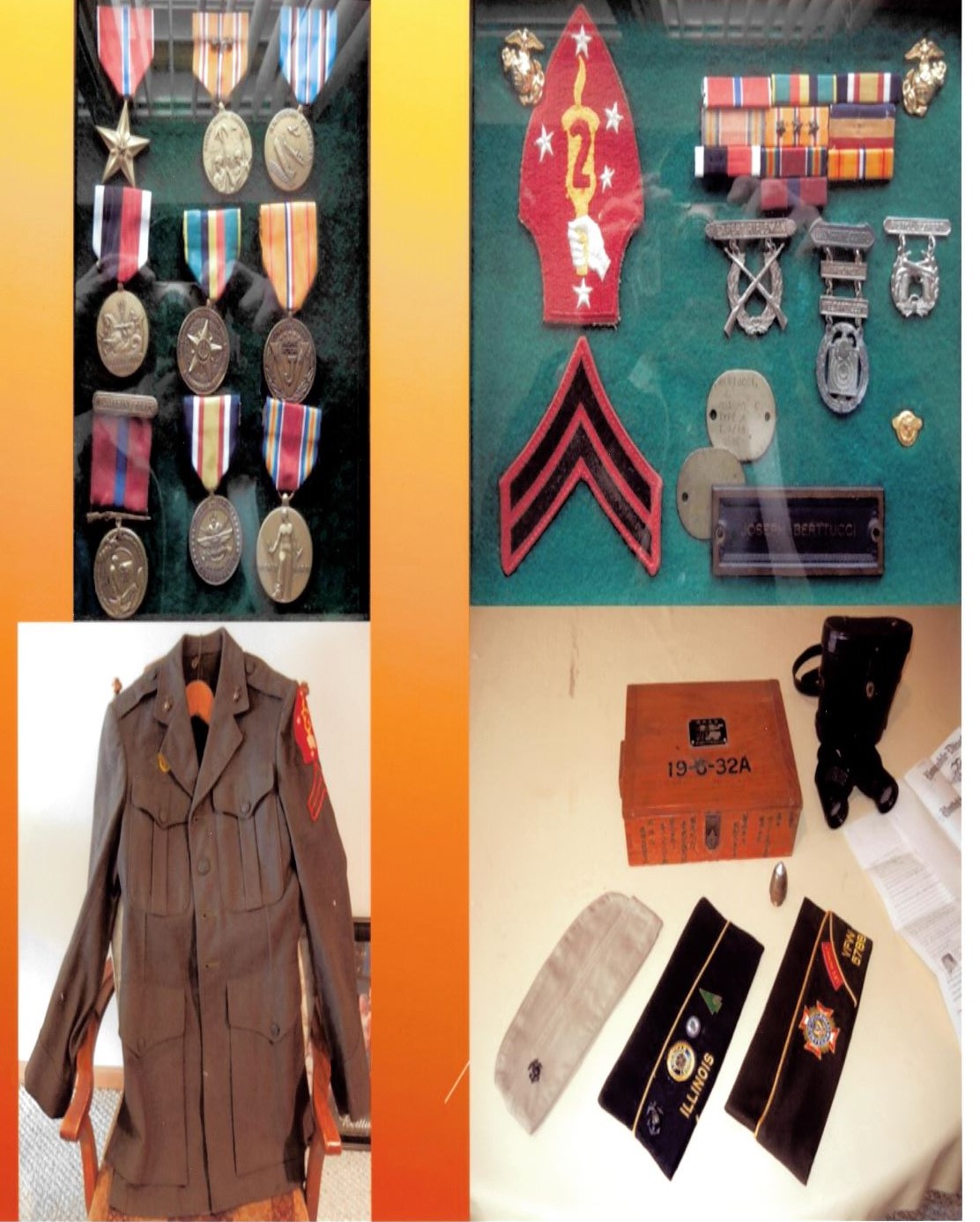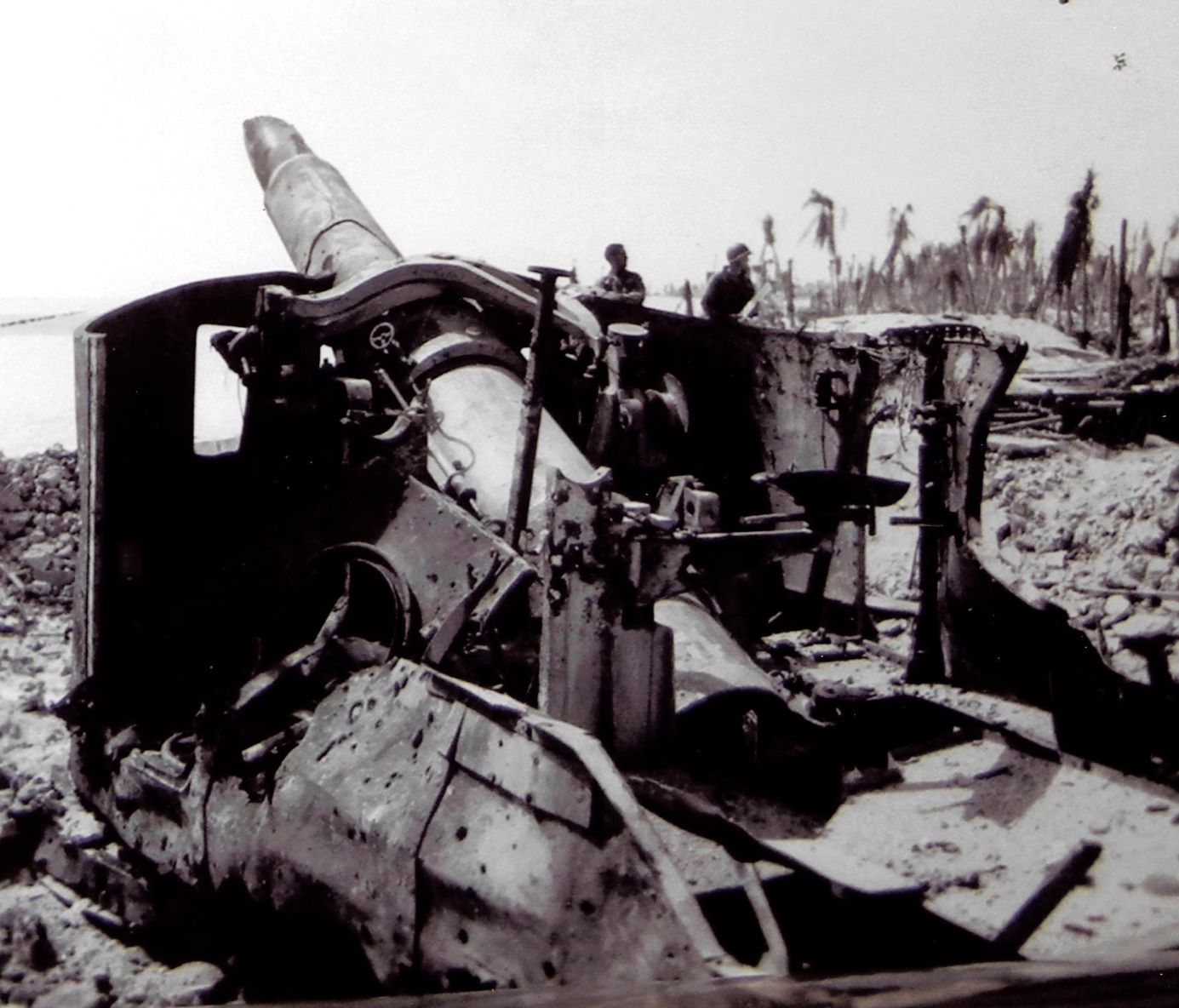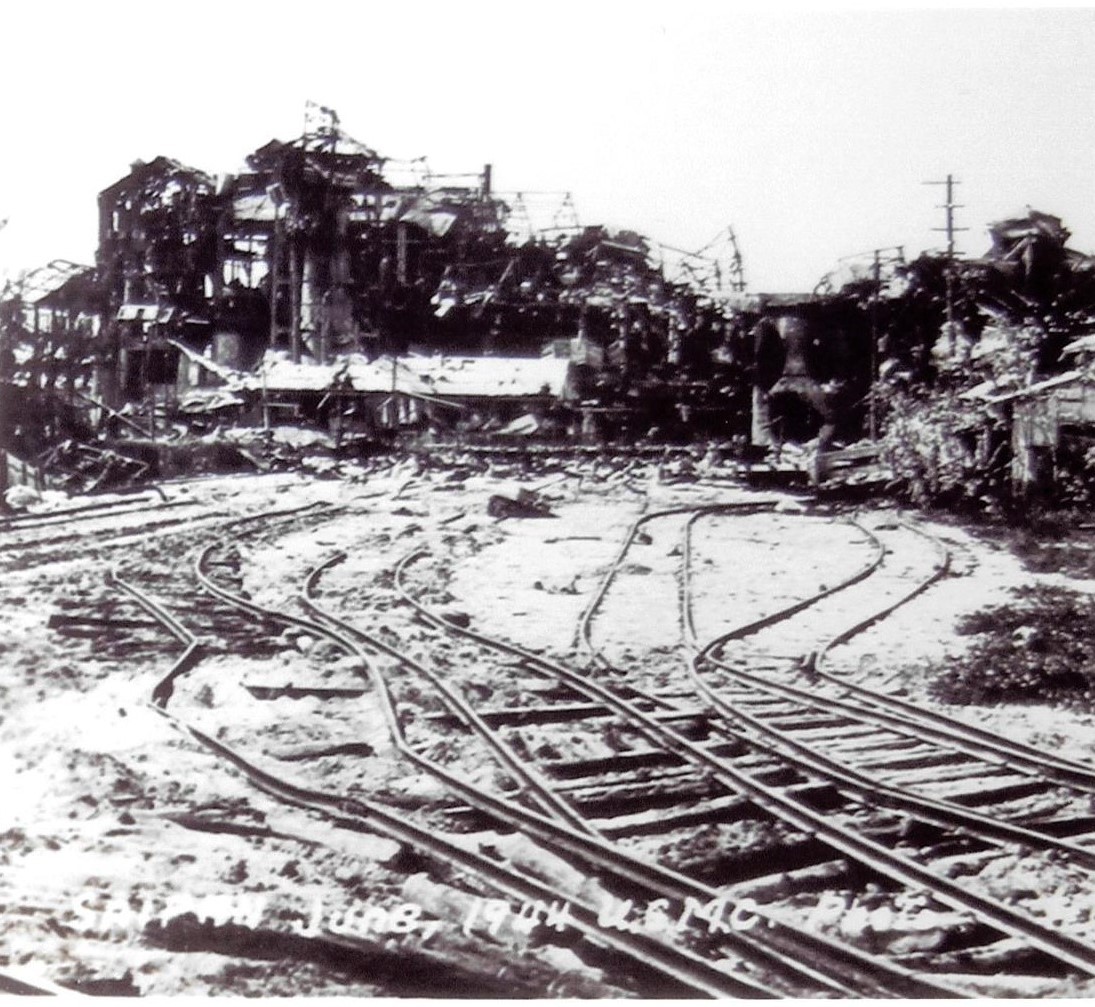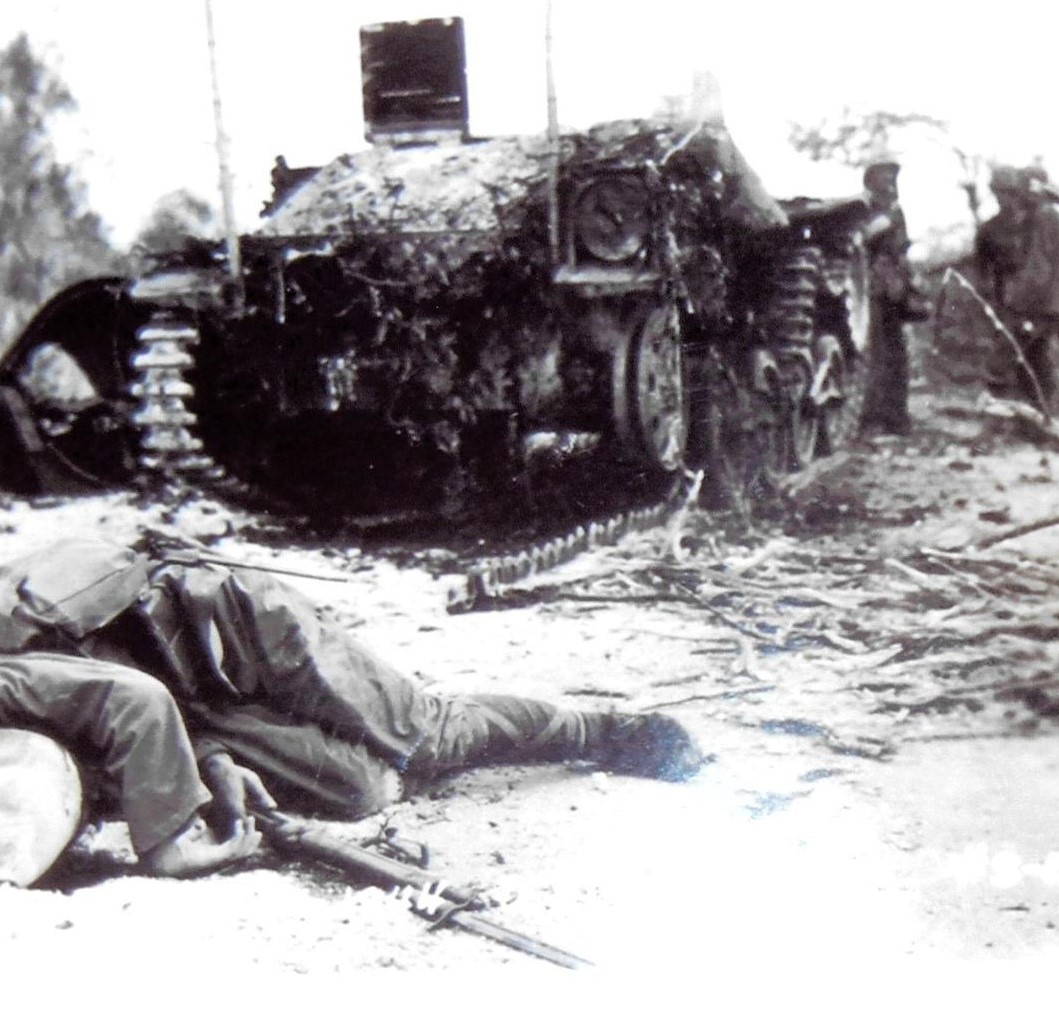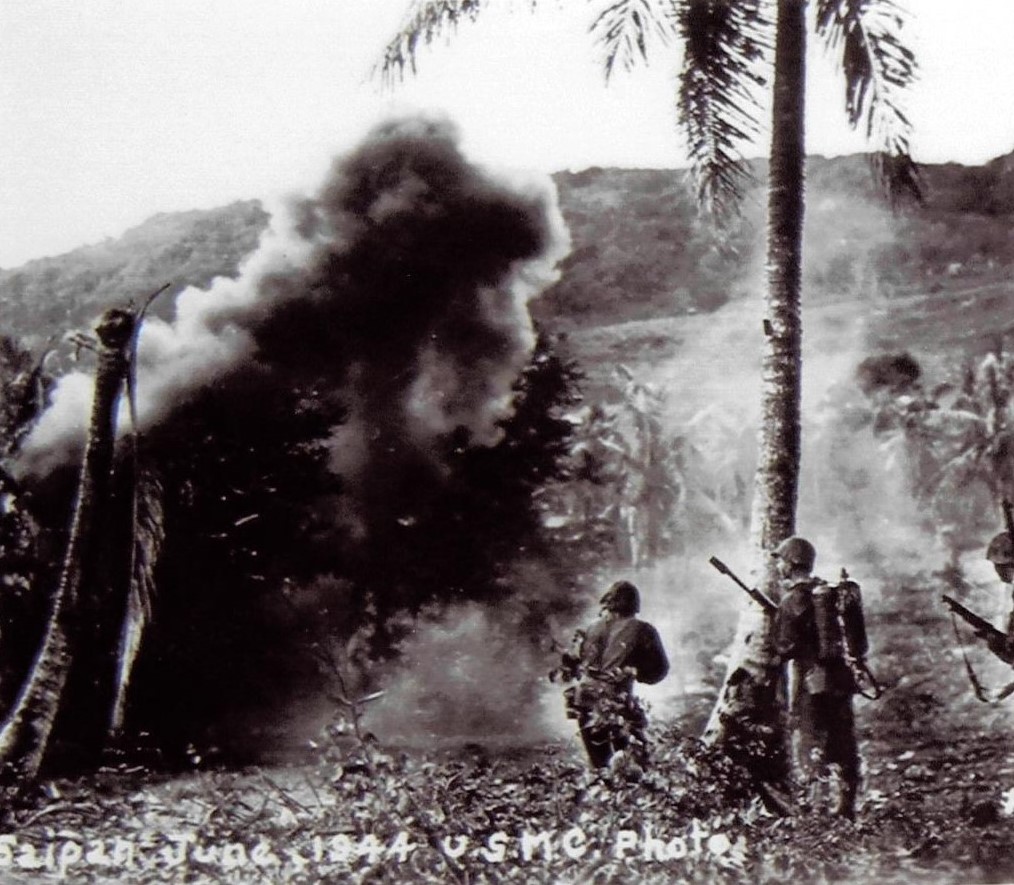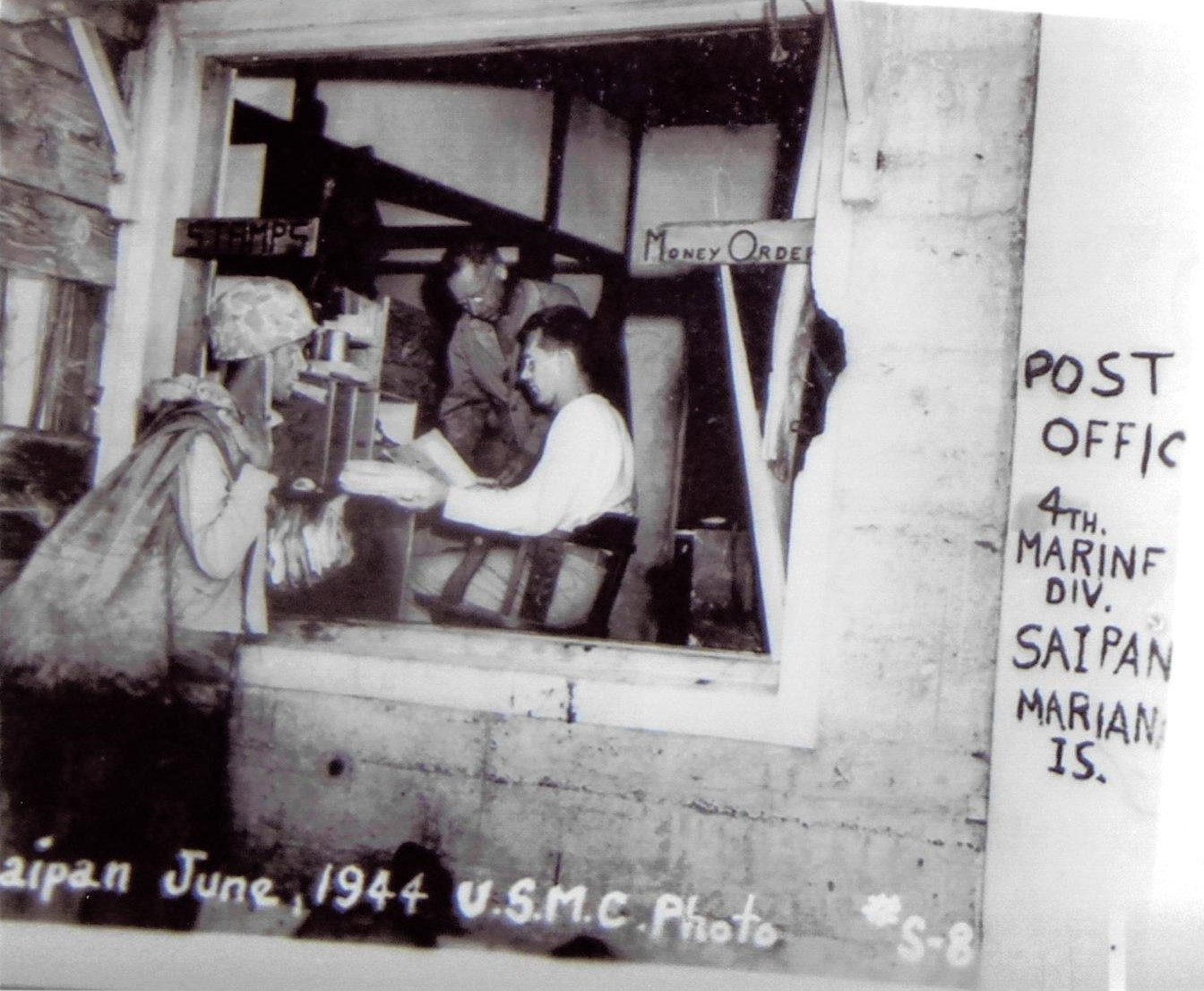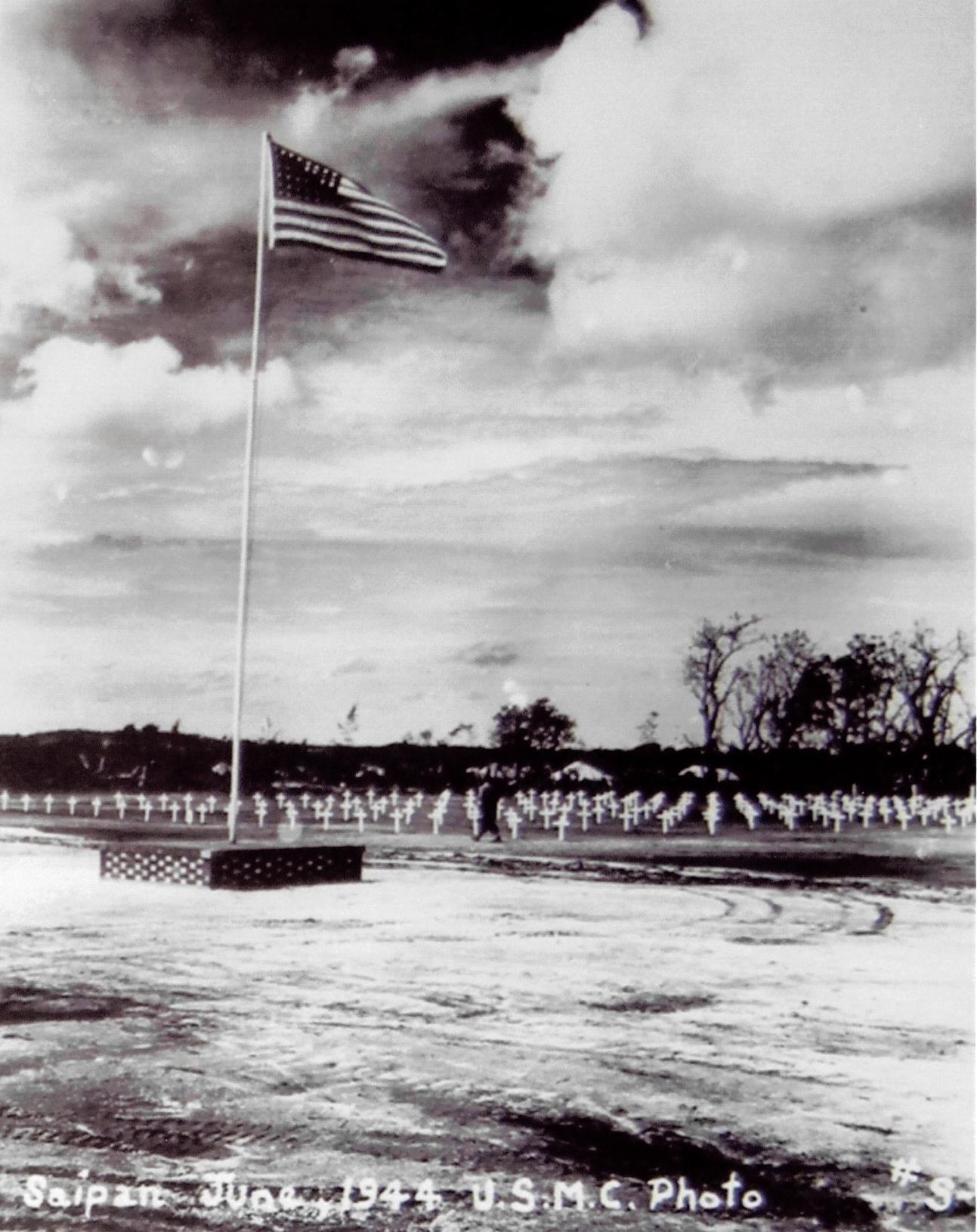Record date:
Joseph Bertucci Transcript.pdf
Joseph Bertucci, Corporal
Joseph Bertucci was born on November 26th, 1922, in Carney, Iowa, a small mining town near Des Moines. He wanted to continue his education after high school, but his father was unwilling to support him. So, he left home at seventeen and moved to Chicago. He lived with his aunt briefly before leaving for Idaho to work for the Civilian Conservation Corps. Bertucci returned to Chicago in the early 1940s, where he found employment with the American Can Company. In January 1943, Bertucci elected to enlist in the United States Marine Corps rather than wait to be drafted into the US Army.
After completing boot camp at Marine Corps Recruit Depot San Diego, Bertucci was transferred to Camp Elliot, and from there to Camp Pendleton. He was trained as an artillery fire-control crewman, directing artillery using an aiming circle to calculate azimuth. Just six weeks later he was on a ship heading to New Zealand, where he was assigned to the 2nd Marine Division. Bertucci spent six months at Camp Paekakariki for additional training. In November of 1943, the 2nd Marine Division departed for Tarawa.
Bertucci landed on Red Beach 1 on November 21st, seeing his first action in the Battle of Tarawa. His unit then departed for Hilo, Hawaii for R&R. In June of 1944, Bertucci saw action in the Battle of Saipan, where he, along with other U.S. forces on the island, suffered countless Japanese banzai charges, and Bertucci’s artillery battery was no exception. Bertucci’s transport ship faced kamikaze attacks while en route to Okinawa, where the 2nd Marine Division served as a reserve unit in the landing.
After Okinawa, the 2nd Marine Division left for Saipan to prepare for the invasion of the Japanese mainland. After several days at sea, the Japanese surrender was announced, and Bertucci’s transport was diverted to Nagasaki to serve as an occupation force. He recalls that the devastation in Nagasaki was unbelievable, with almost nothing left untouched. He remained in Nagasaki for three months, returning to Chicago in February of 1946. Demobilization was rapid: it took three years for him to get to Nagasaki, and only two weeks to get out.
He married in 1947, raised four children, and retired after a forty-four-year career with the American Can Company. He currently lives in Lockport, Illinois with his wife.
